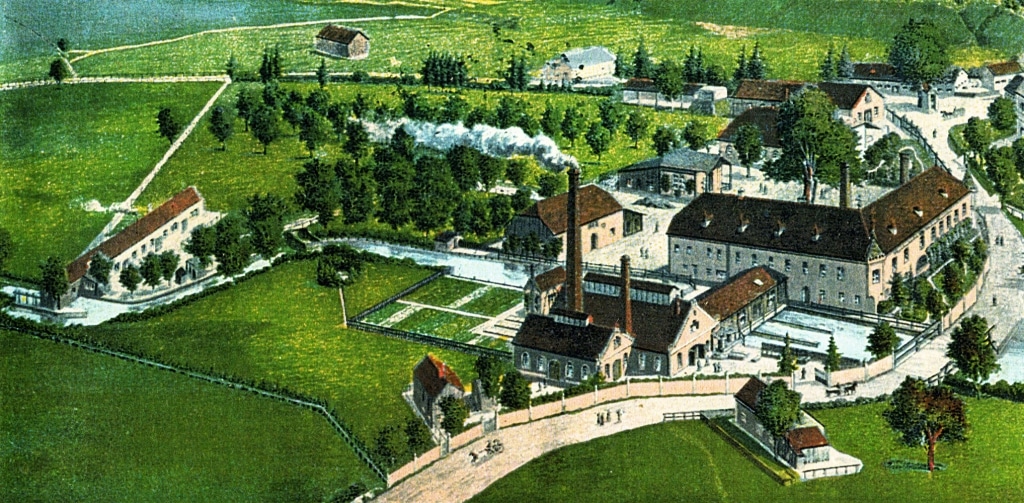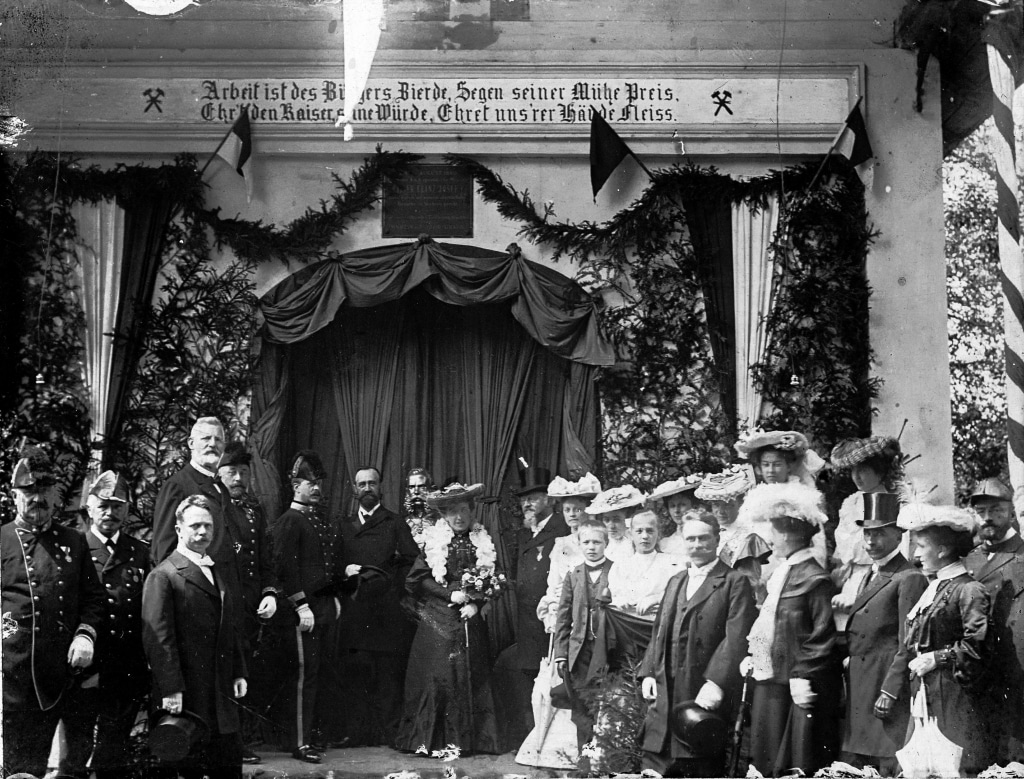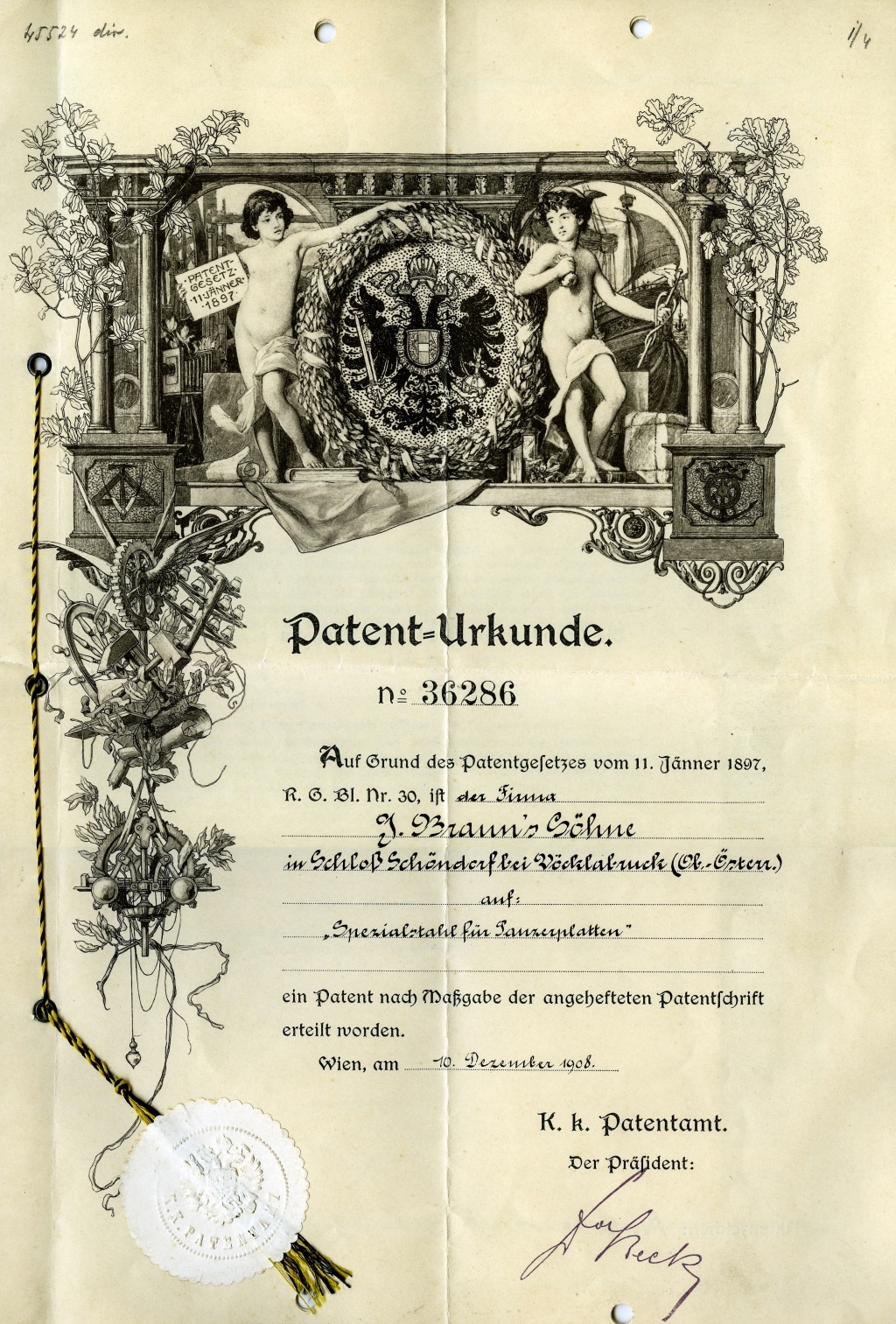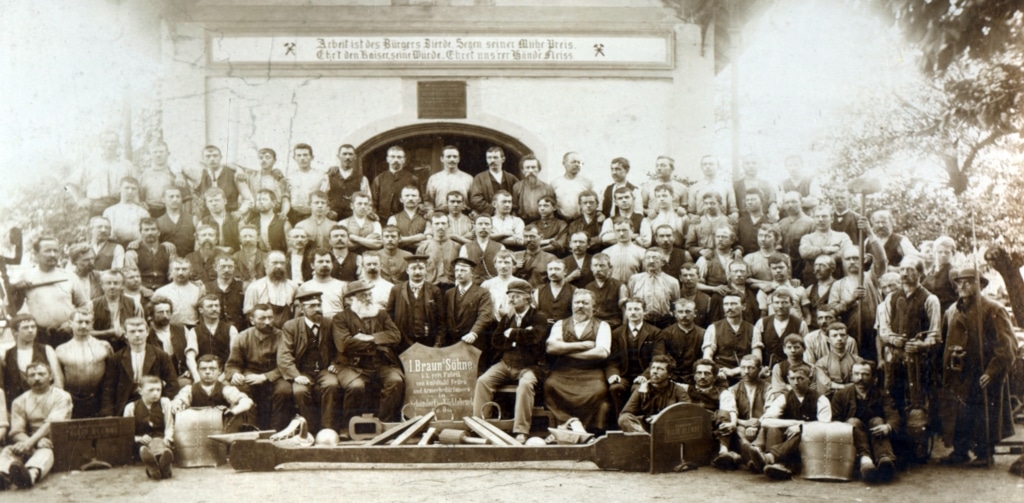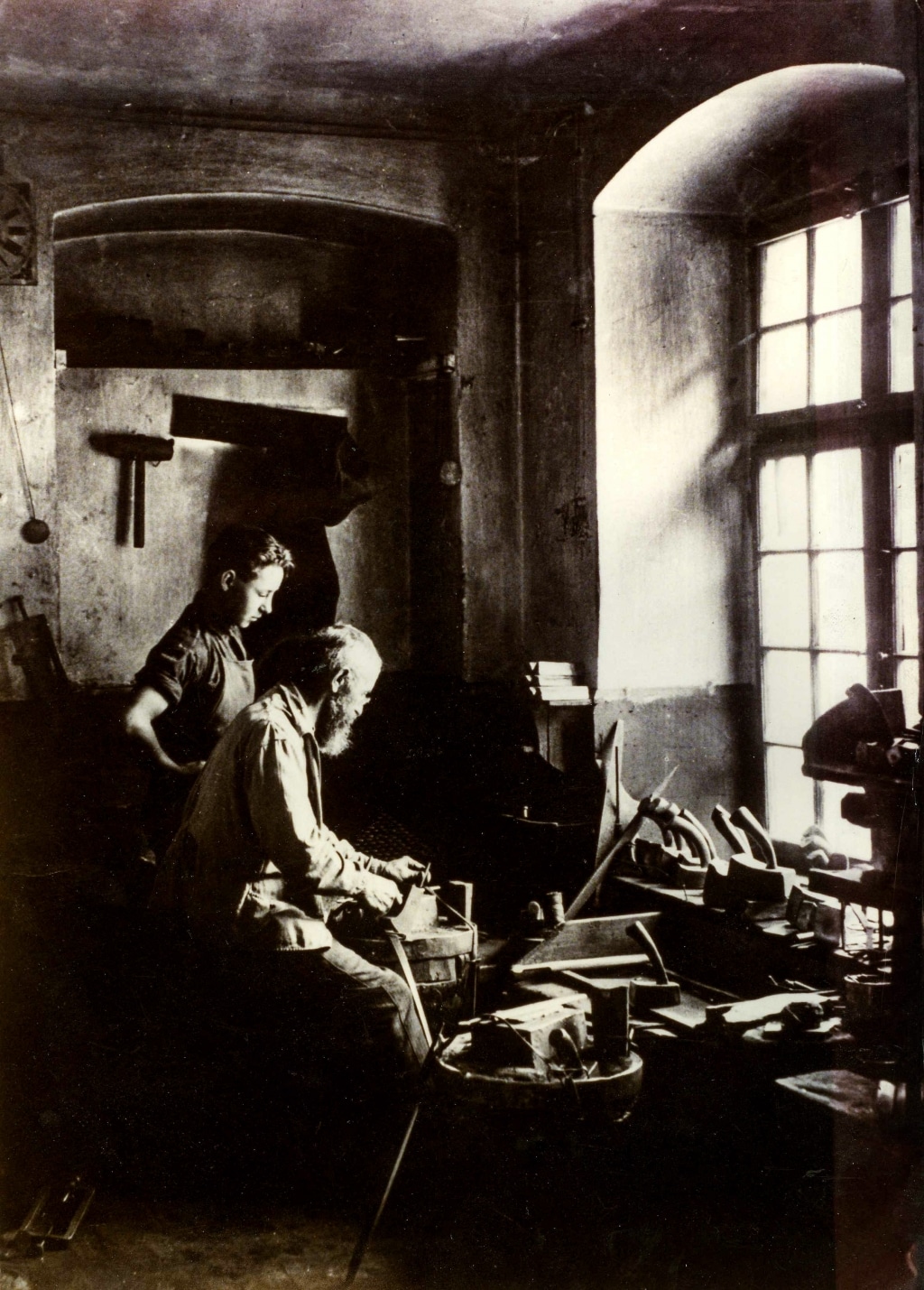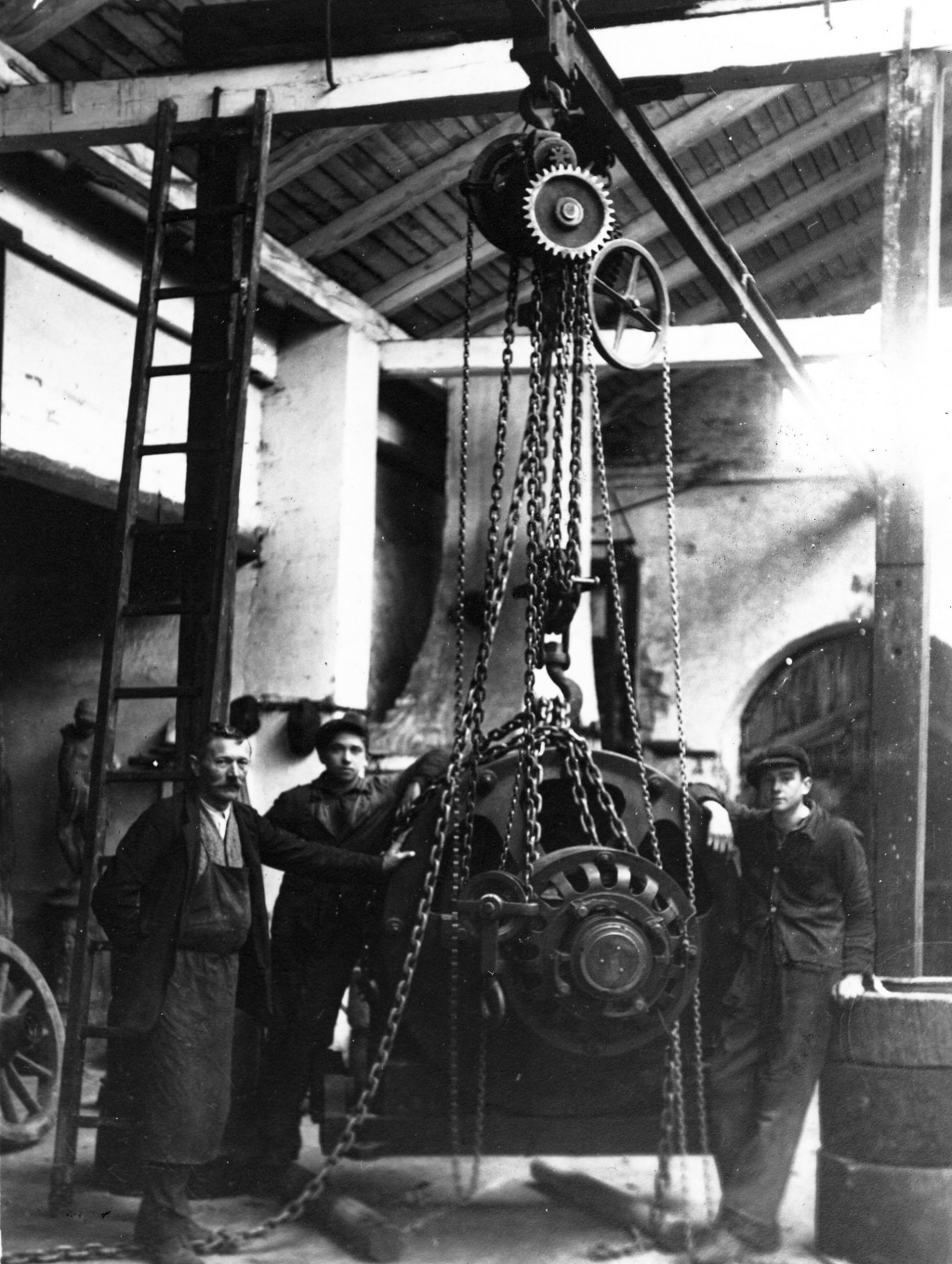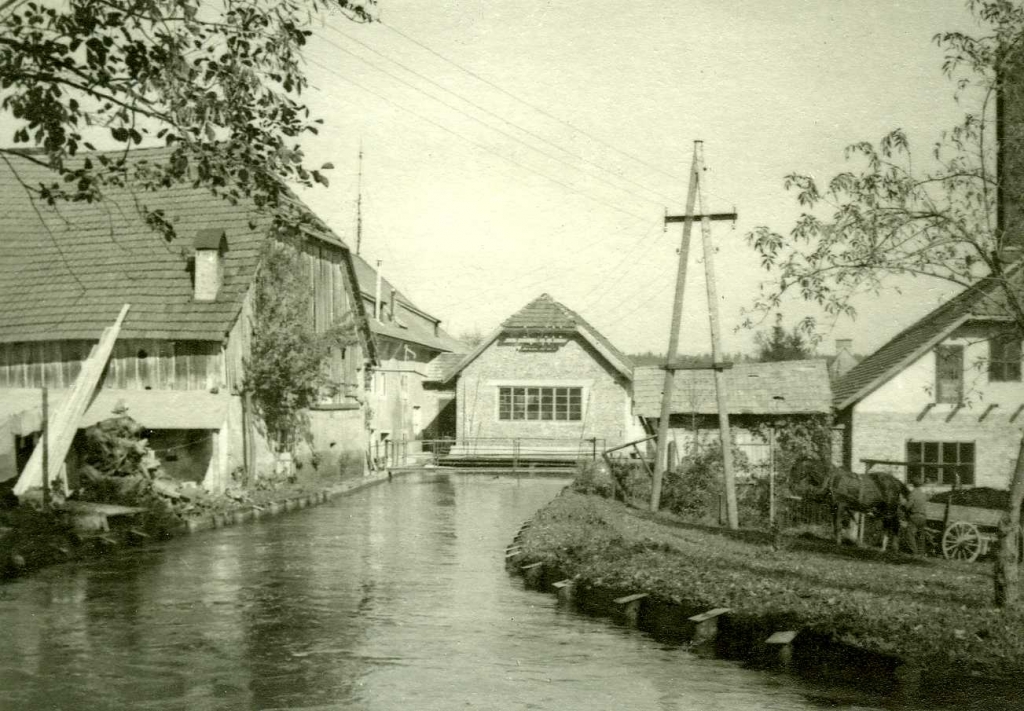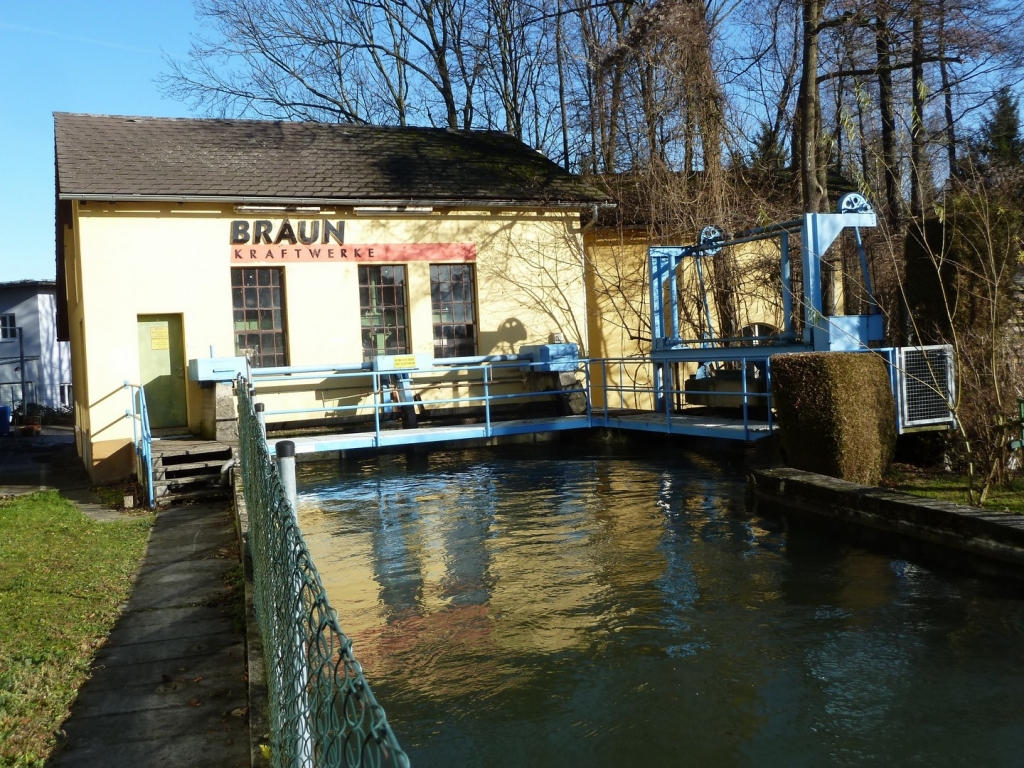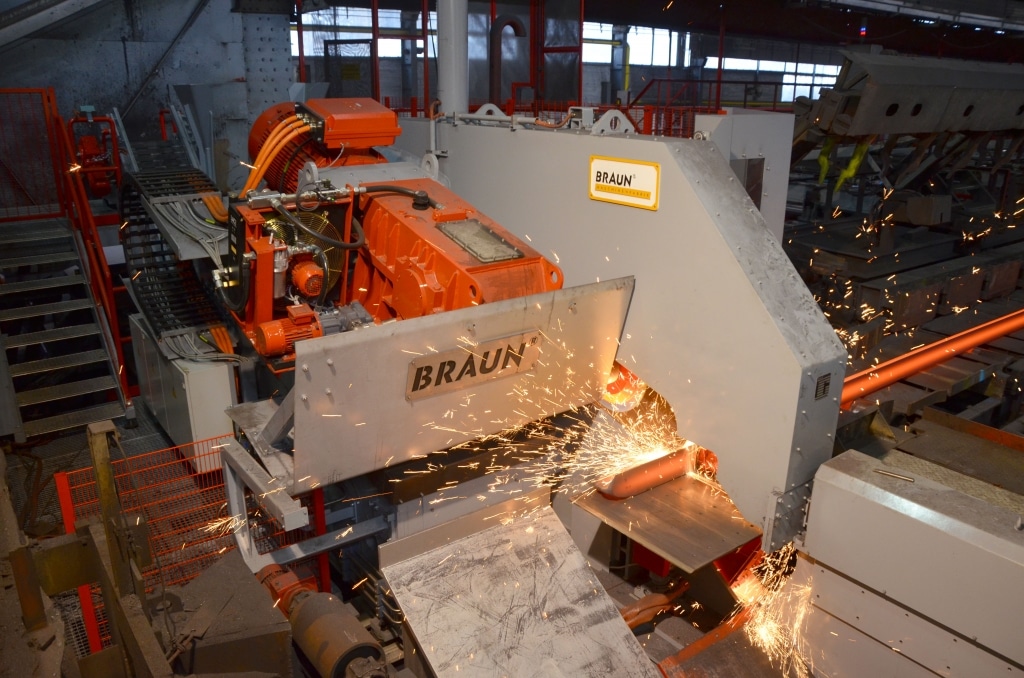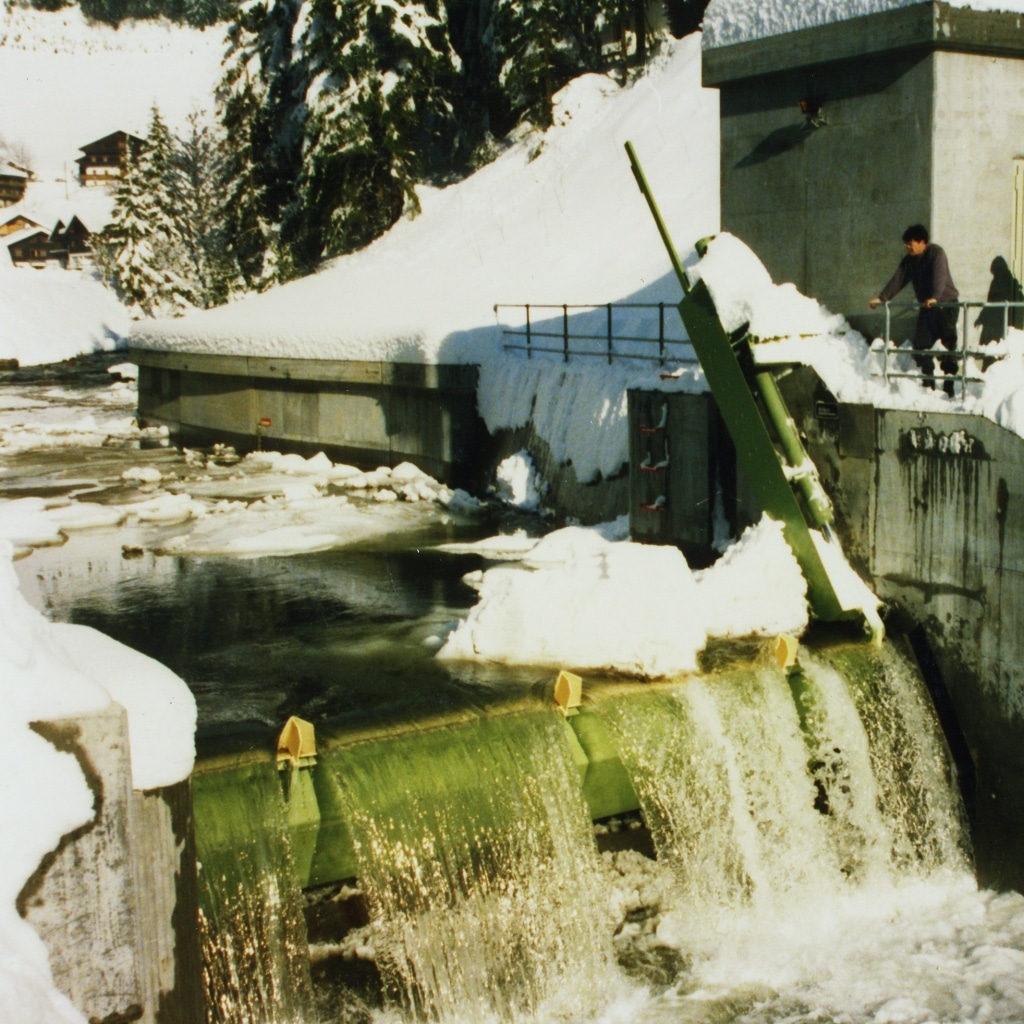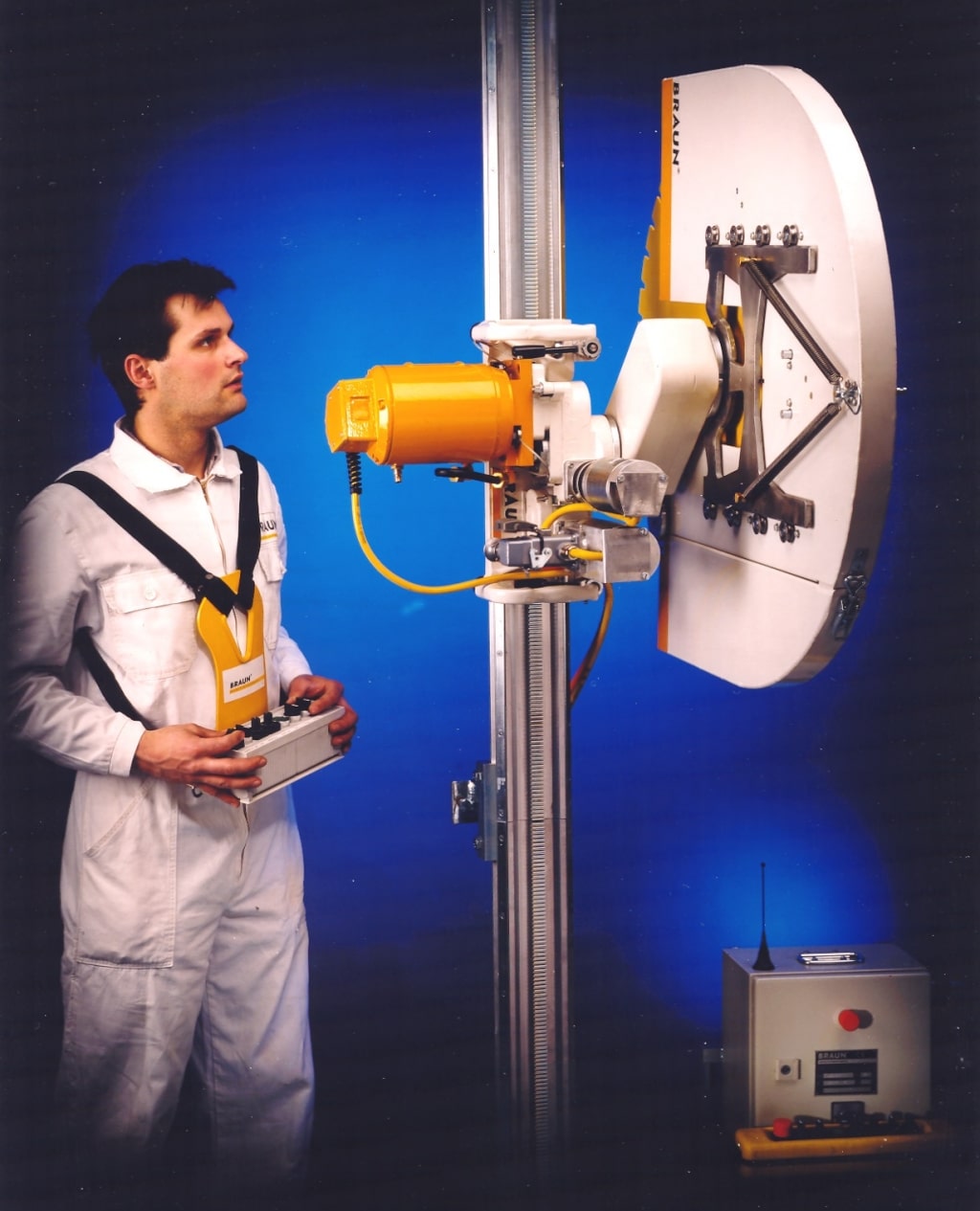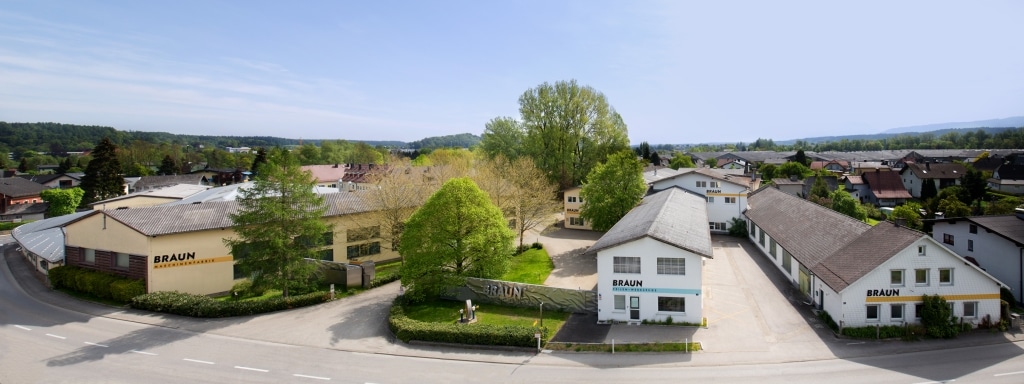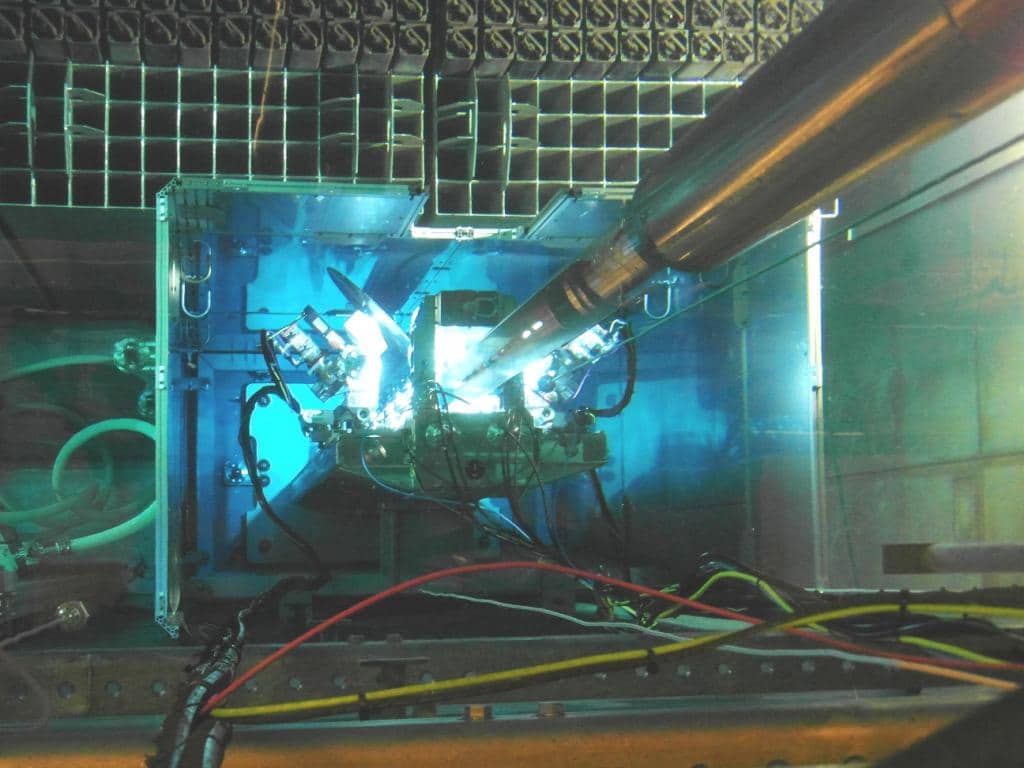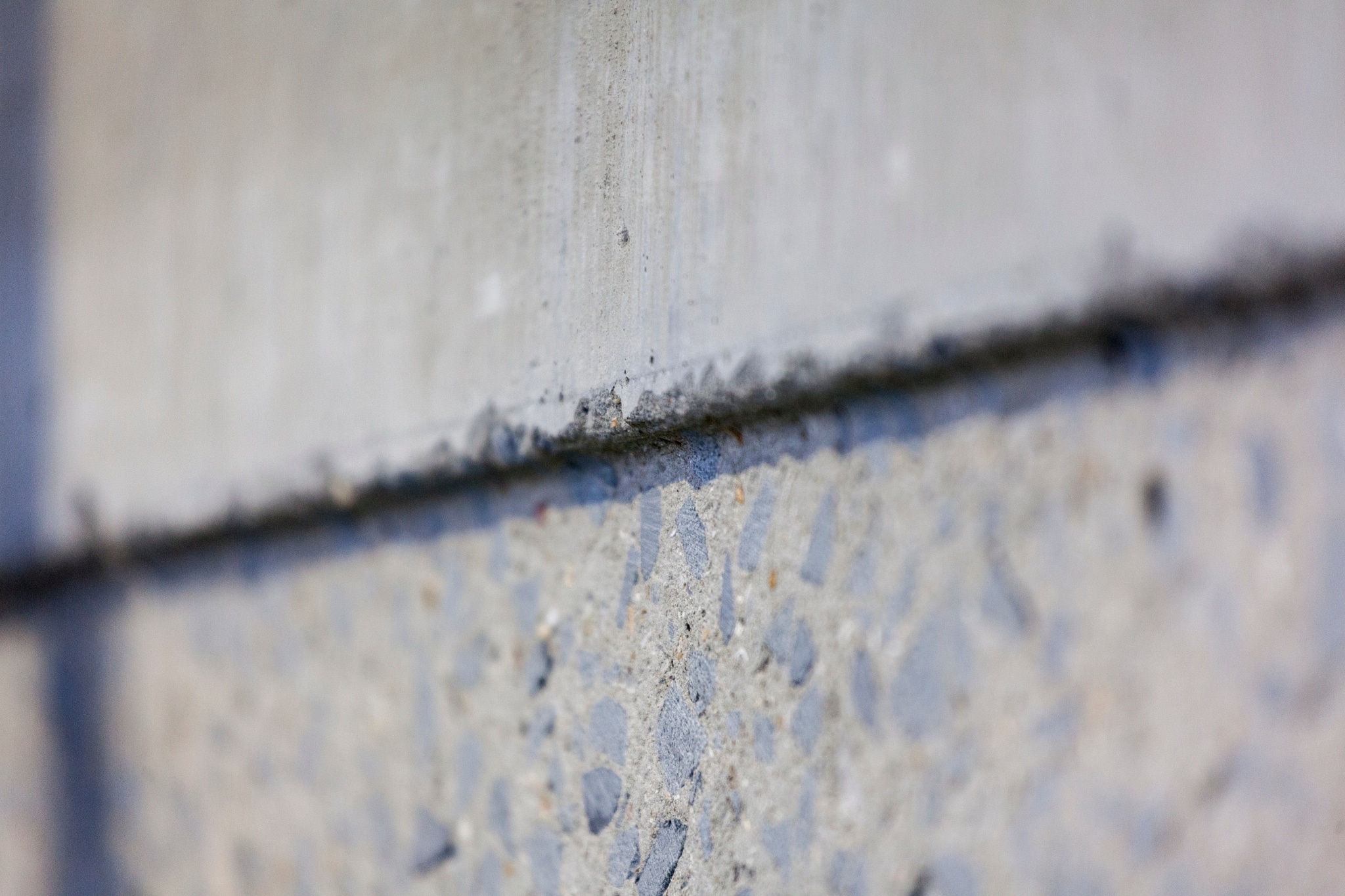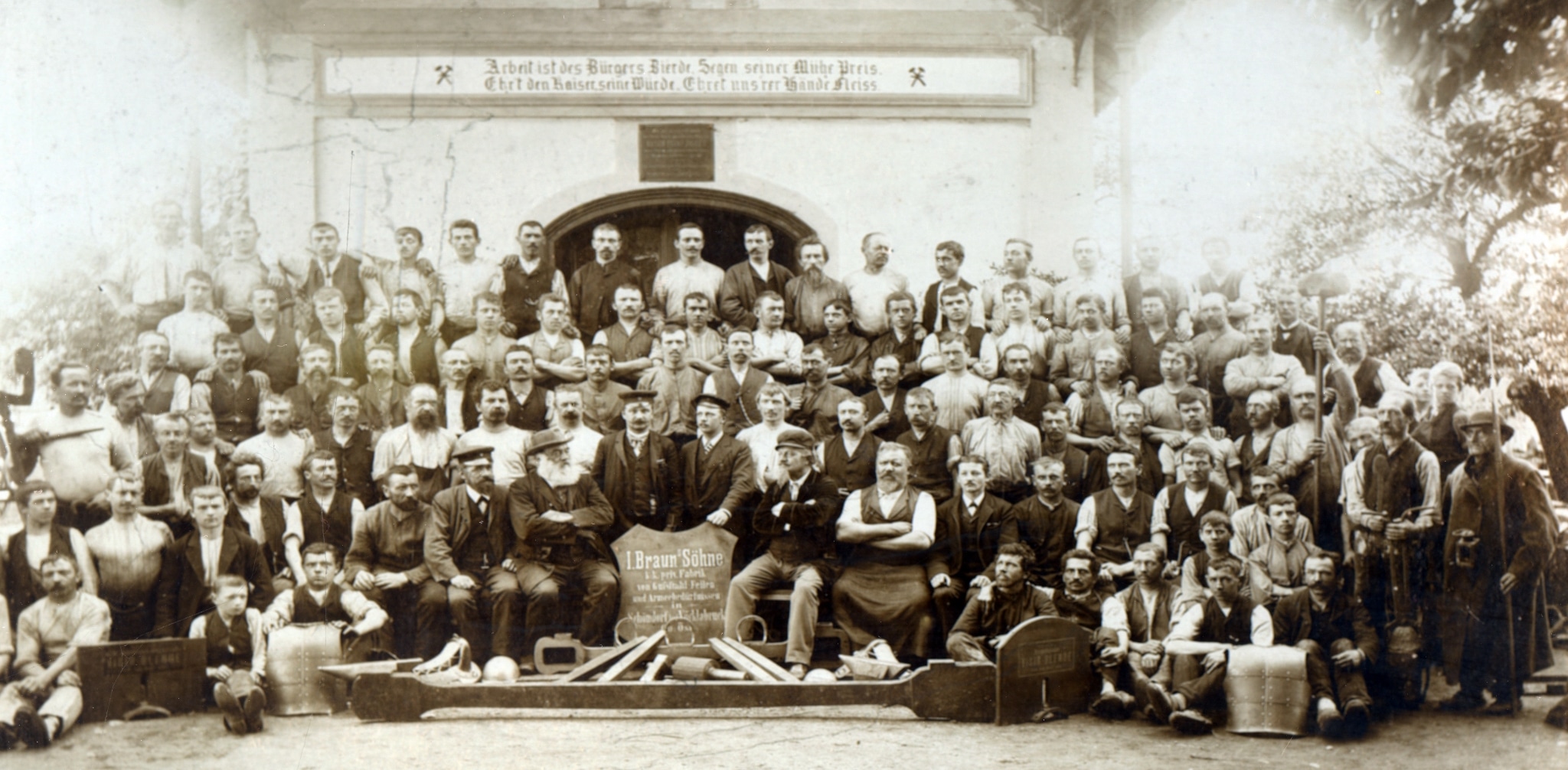
Company History
since 1848
The company was founded in 1848 and has been owned by the Braun family ever since. The first product, the file, was still sold until a few years ago. In the second half of the 19th century, in addition to cast steel files, the company also produces cuirasses, springs and axles for railroad carriages, as well as saddles and spike helmets made of cast steel. The excellent quality of the products earns the company I. Braun’s Sons an excellent reputation, even Emperor Franz Joseph I visits the factory.
In 1944 the first split of the company takes place, Stephanie Ringer (née Braun) starts her own business (today the Ringer company in Regau). In the mid-1960s, the abrasive cutting machine division is established, and at the end of the 1970s, the hydraulic steel construction division. In 1989, the second company split takes place, into I. Braun’s Sons, Braun Machine Company and Braun Hydropower Plants. In 1990, the division of concrete cutting and drilling machines is established within Braun Machine Company, which lays the foundation for today’s decommissioning technologies. In 2009, the company enters the field of dismantling nuclear facilities. 10 years later, the division is transformed into a company on its own – the BRAUN Decommissioning Technologies.
